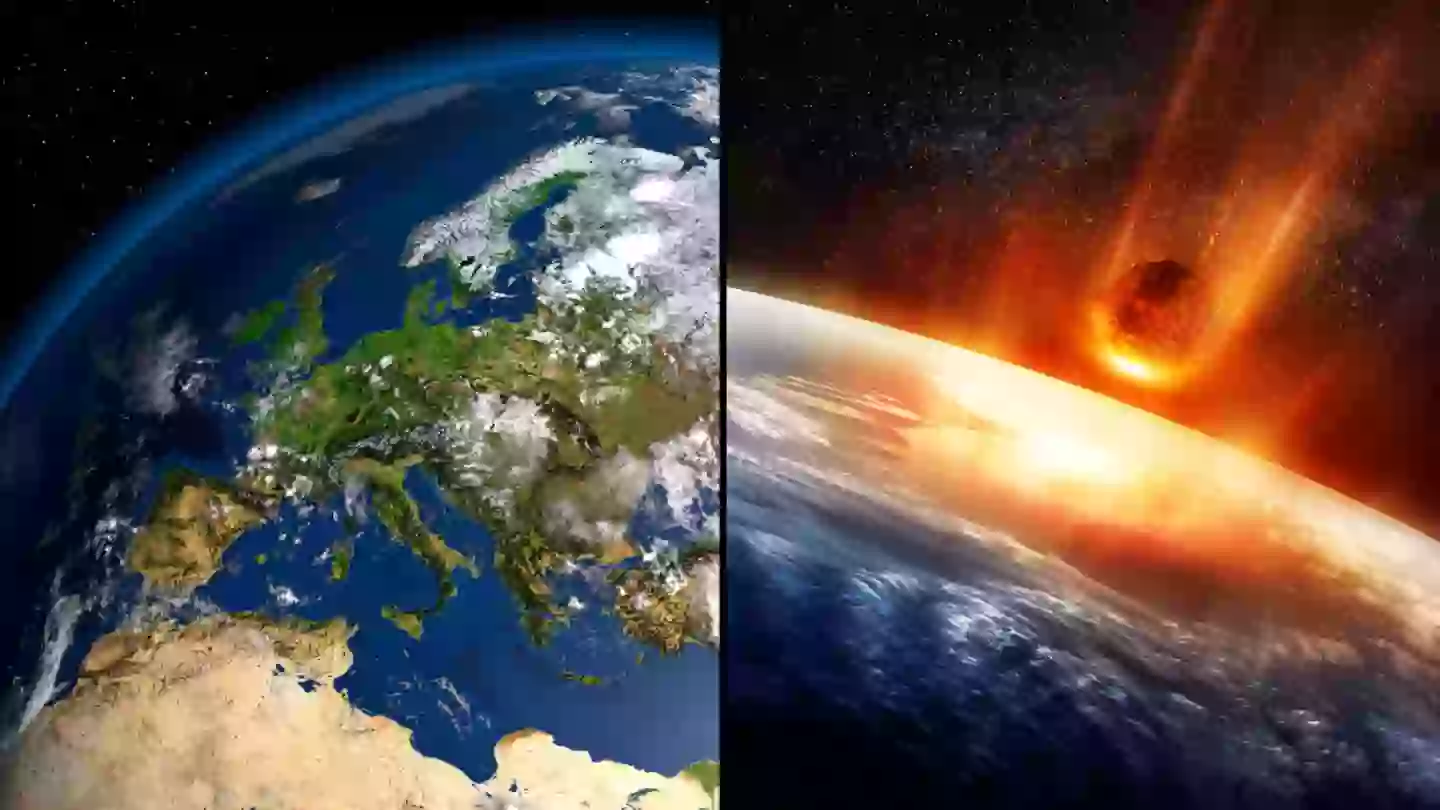
An asteroid hurtling towards the Earth's atmosphere has just recently been discovered by NASA.
Asteroid 2023 BU was spotted by NASA's Centre for Near Earth Object Studies (CNEOS) on Saturday (21 January), and is scheduled to shoot past us on Friday morning (27 January) at around 12.30am.
The rock will skim about 2,500 miles above the Earth's surface, making it the fourth-nearest of past and future space rocks to come close to our planet.
Advert

That's so close to Earth that it's just under a three percent average distance between the Earth and the moon.
Even if this asteroid did have a trajectory for planet Earth, there wouldn't be too much to worry about since, according to the CNEOS, this little asteroid measures between 12.4ft and 27.8ft.
According to the space experts over at NASA, any asteroids smaller than about 82 ft would be more likely to burn up in the Earth's atmosphere than hit the ground.
Since the asteroid is expected to pass by Earth's atmosphere, astronomy buffs will be able to spot Asteroid 2023 BU shoot past our skies, thanks to the Virtual Telescope Project.
Advert
The VTP is a set of robotic telescopes based in Ceccano, Italy, that are accessible online, set up for you to have your very own astronomical experience from the comfort of your home.
VTP's live feed of the asteroid will start on Thursday, 26 January, at 7.15pm.
.png)
And, speaking of impressive astronomy equipment, a new handheld laser funded by NASA has been developed to potentially help scientists detect alien life.
At 17 pounds, the updated handheld device is said to be small enough and light enough for astronauts to carry along with them on space missions.
Advert
The device, created by a University of Maryland led team, uses an ultraviolet laser to remove particles from planetary material.
Those particles will then be analysed with the hopes of finding organic compounds.
The new alien-hunting laser allows scientists to access larger compounds with more complex properties in relation to biology.
Smaller compounds, such as amino acids, are a lot harder to analyse, scientists say.
Scientists say the laser is much more suited to space travel than the previous, much larger, prototype and might be ready to launch into space in 'the next few years'.
Advert
We really are living in the future.